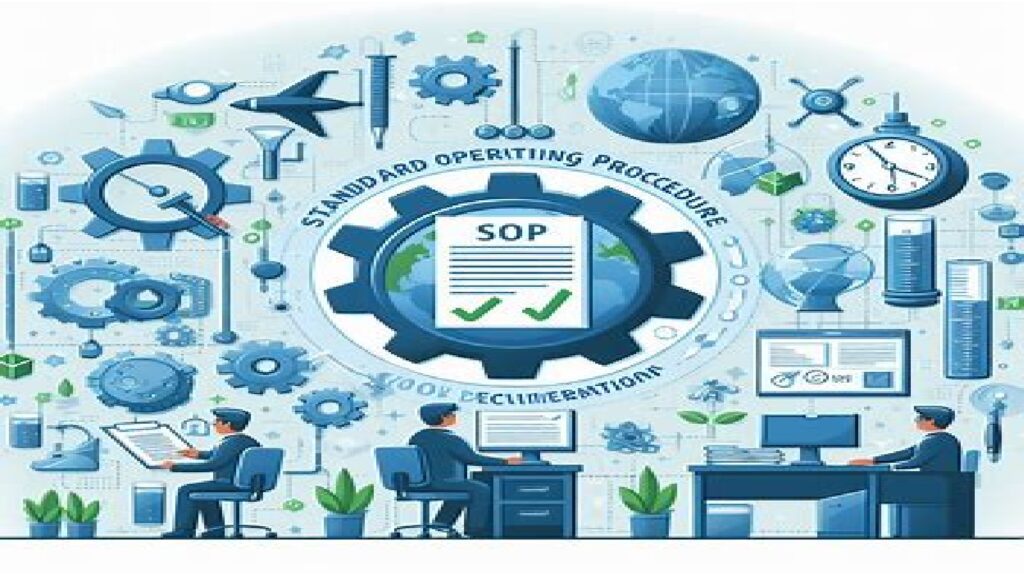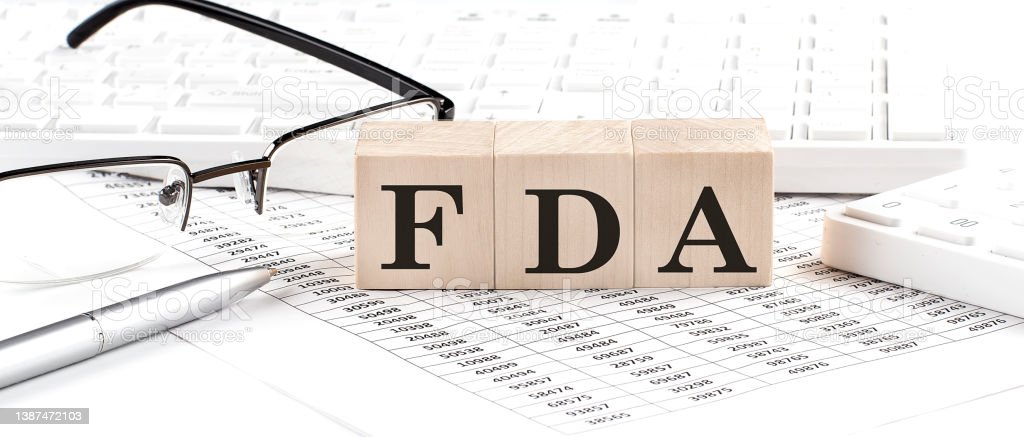1.0 Purpose:
The purpose of this Standard Operating Procedure (SOP) is to establish guidelines for maintaining good documentation practices to ensure accuracy, consistency, and compliance with regulatory requirements in all documentation related to [insert specific purpose or industry].
2.0 Scope:
This SOP applies to all personnel involved in the creation, review, approval, and storage of documentation within [insert organization or department name].
3.0 References:
List any relevant regulatory standards, company policies, or industry best practices related to documentation practices.
4.0 Responsibilities:
4.1 Document Owners: Responsible for creating accurate and complete documentation.
4.2 Document Reviewers: Responsible for reviewing documentation for accuracy, completeness, and compliance.
4.3 Document Approvers: Responsible for approving documentation before finalization.
4.4 Document Controllers: Responsible for managing document storage, access, and version control.
4.5 Training Department: Responsible for providing training on good documentation practices to personnel as needed.
5.0 Procedure:
5.1 Document Creation:
5.1.1 Use approved templates and formats for all documentation.
5.1.2 Include appropriate headers, footers, and page numbers for easy identification and navigation.
5.1.3 Clearly state the purpose, scope, and intended audience of the document.
5.1.4 Use clear and concise language, avoiding jargon or ambiguous terms.
5.1.5 Document any changes or revisions with a clear version history and revision tracking.
5.2 Data Entry:
5.2.1 Ensure accuracy when entering data into documents, forms, or databases.
5.2.2 Double-check all entries for errors or inconsistencies before finalizing.
5.2.3 Use standardized units of measurement and formats as applicable.
5.3 Review and Approval:
5.3.1 Assign qualified personnel to review documents for accuracy, completeness, and compliance.
5.3.2 Document reviewers should verify that all information is correct and meets regulatory requirements.
5.3.3 Approvers should carefully evaluate documents before giving final approval.
5.3.4 Obtain signatures or electronic approvals as required by company procedures.
5.4 Document Storage and Retrieval:
5.4.1 Store all documents in a secure and accessible location, either physically or electronically.
5.4.2 Implement version control measures to ensure that only the latest approved version of a document is used.
5.4.3 Maintain backups of electronic documents to prevent loss of data.
5.4.4 Establish clear procedures for retrieving documents when needed, including access controls for sensitive information.
5.5 Training:
5.5.1 Provide initial and ongoing training on good documentation practices to all relevant personnel.
5.5.2 Include examples and case studies to illustrate best practices and common pitfalls.
5.5.3 Document training sessions and ensure that all personnel receive proper documentation training.
6.0 Records and Documentation:
6.1 Maintain accurate records of all documentation activities, including creation, review, approval, and storage.
6.2 Retain documentation in accordance with regulatory requirements and company policies.
6.3 Periodically review documentation practices and update procedures as needed to ensure continued compliance and effectiveness.
7.0 Revision History:
Document any revisions or updates to this SOP along with the date of the revision and the initials of the person making the change.
8.0 Definitions:
Define any terms or acronyms used in this SOP to ensure clarity and understanding.
9.0 Attachments:
Include any relevant forms, templates, or reference documents that support this SOP.
10.0 Approval:
This SOP is approved by [insert name and title of approving authority] on [insert date of approval].
11.0 Distribution:
Distribute this SOP to all relevant personnel and ensure that it is readily accessible to those who need it.
12.0 Compliance:
All personnel are required to comply with the procedures outlined in this SOP. Non-compliance may result in disciplinary action.
- For more articles, Kindly Click here.
- For pharmaceutical jobs, follow us on LinkedIn
- For Editable SOPs in word format contact us on info@pharmaceuticalcarrier.com
- For more information kindly follow us on pharmaguidelines.co.uk











